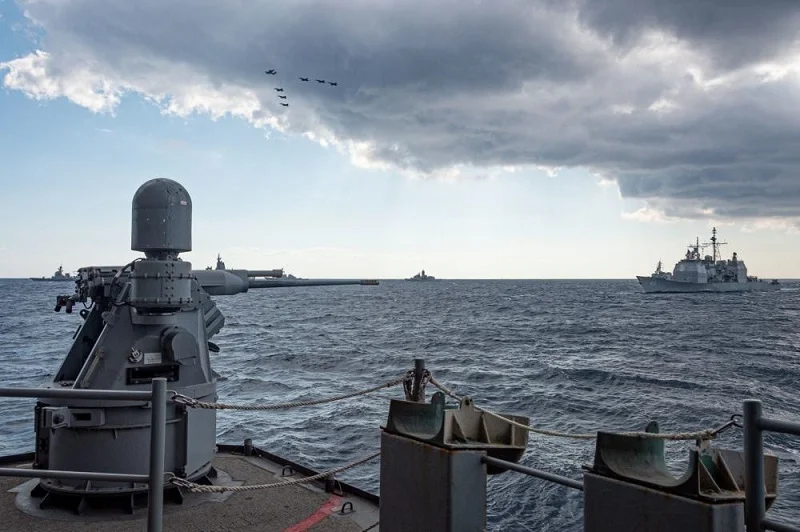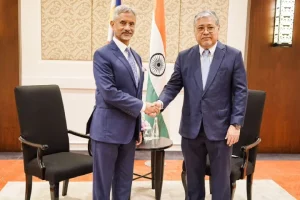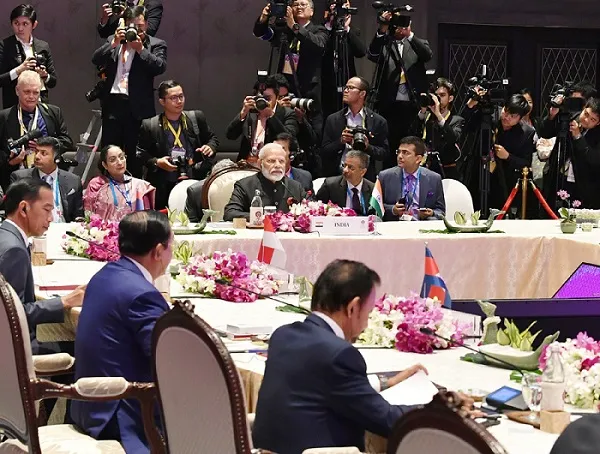In a joint show of strength to realise their common goal of a ‘Free and Open Indo-Pacific’, all four navies of the Quad grouping of nations that includes India, Japan, Australia and the United States will be conducting war drills off the coast of Sydney over the next 10 days starting Friday.
The high-end Indo-Pacific tactical exercise ‘Malabar 2023’ is expected to deepen interoperability between key regional partners and is being hosted by Australia for the first time between August 11-21.
Exercise Malabar originally started as bilateral affair between the Indian and the US Navy in 1992 with the Japan Maritime Self-Defence Force (JMSDF) and Royal Australian Navy (RAN) becoming permanent partners as it evolved in scope and partnerships over the years.
The Indian, Australian, Japanese, and US maritime forces routinely operate together in the Indo-Pacific, fostering a cooperative approach toward regional security and stability.
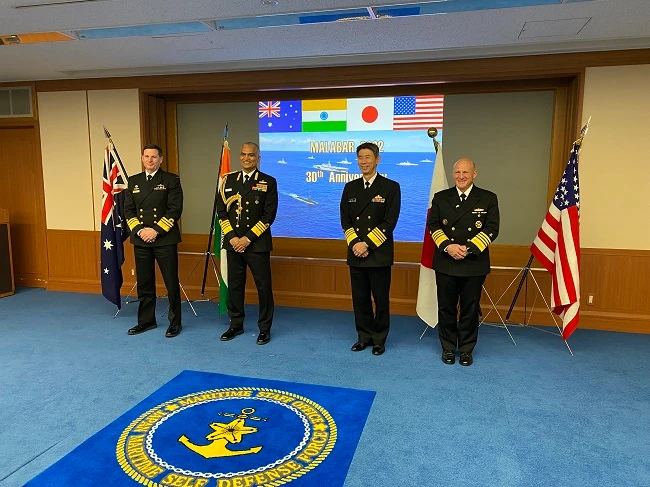
The Malabar planning and exercise lead rotates each year among participating nations, along with the exercise location to demonstrate the combined ability to exercise across the entire Western Pacific and Indian Ocean.
The last edition of the exercise was held in November 2022 off the coast of Japan.
This year, Indian Navy’s indigenous frontline warships INS Sahyadri and INS Kolkata are participating in the exercise that will be conducted in two phases.
While the Harbour Phase (August 11-15) involves wide-ranging activities such as cross-deck visits, professional exchanges, sports fixtures and several interactions for planning, the Sea Phase (August 16-21) would witness various complex and high intensity exercises in all three domains of warfare, encompassing anti-surface, anti-air and anti-submarine exercises including replenishment at sea and live weapon firing drills.
“The exercise provides an opportunity to the Indian Navy to enhance and demonstrate interoperability and also gain from the best practices in maritime security operations from its partner nations,” the Indian Navy said in a statement on Thursday.
INS Sahyadri is the third ship of the indigenously designed and built Project-17 class multi-role stealth frigates and INS Kolkata the first of the indigenously designed and built Project-15A class destroyers.
Both ships, built at Mazagon Dock Limited in Mumbai, are fitted with state-of-the-art array of weapons and sensors to detect and neutralise threats in surface, air and underwater domains.
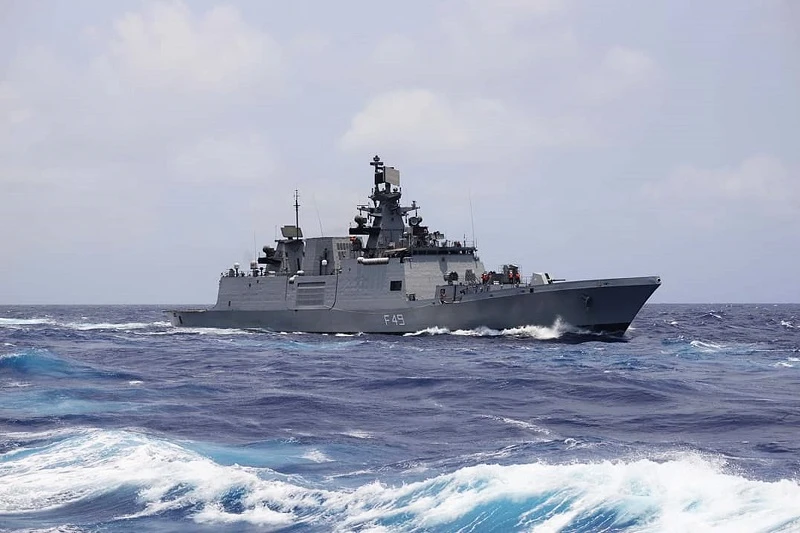
Malabar 2023 also provides another opportunity for the Indian Navy to enhance mutual understanding with the participating navies in keeping with the national vision of Security and Growth for All in the Region (SAGAR).
#INSSahyadri & #INSKolkata, Mission Deployed in the Eastern IOR, arrived at Port Moresby on 02 Aug 23, for enhancing maritime partnership & cooperation with Papua New Guinea. The port call is aimed at strengthening ties between 🇮🇳 & 🇵🇬 in the maritime domain#BridgesofFriendship pic.twitter.com/5EOuHuYJ3V
— Defence PRO Visakhapatnam (@PRO_Vizag) August 3, 2023
The US Navy forces participating from its 7th Fleet include the Arleigh Burke-class guided-missile destroyer USS Rafael Peralta, fleet replenishment oiler ship USNS Rappahannock, a submarine, multi-mission maritime patrol and reconnaissance aircraft P-8A Poseidon and Navy Special Operation Force.
Japan has sent its Asahi-class destroyer JS Shiranui, the First Surface Unit of the Indo-Pacific Deployment 2023 (IPD23) and the Special Boarding Unit of the Japanese Maritime Self-Defence Forces.
Hosts Australia have deployed HMAS BRISBANE, HMAS CHARLES, Submarine, Special Operation Force along with P-8A and F-35A from the Royal Australian Air Force (RAAF).
Immediately after the multilateral naval exercise, India and Australia are scheduled to hold their next edition of Australia– India Maritime Exercise (AUSINDEX) which is aimed at strengthening mutual cooperation and enhancing interoperability between the Royal Australia Navy and Indian Navy.
Interestingly, as Quad continues to counter China’s growing influence in the Indo-Pacific, the Australian, Japanese, South Korean and the US navies participated in Pacific Vanguard (PV) 2023 maritime exercise in the Philippine Sea last month.
That’s a wrap for #TalismanSabre2023!
More than 30,000 soldiers, sailors & aviators from 13 nations working shoulder to shoulder in the 10th and largest Talisman Sabre.
Safe travels home.
More Together! pic.twitter.com/7msMsuXCr5
— LTGEN Simon Stuart (@ChiefAusArmy) August 9, 2023
It was followed by Talisman Sabre, the largest bilateral military exercise between Australia and the United States which took place over multiple weeks off the northwestern coast of Australia till Wednesday and involved more than 30,000 Australian, US and other international military personnel.
Also Read: After hosting G20 heads in September, India set to hold Quad Leaders’ Summit in 2024






